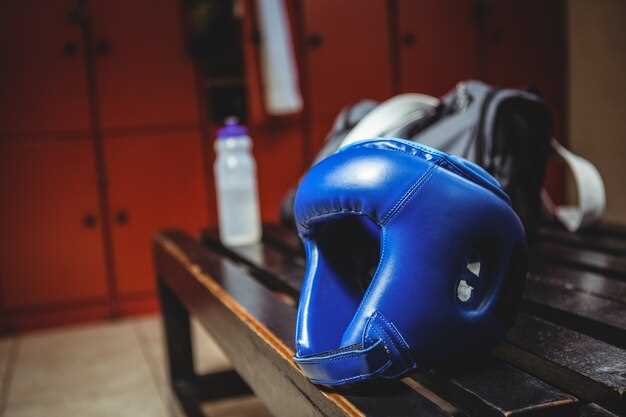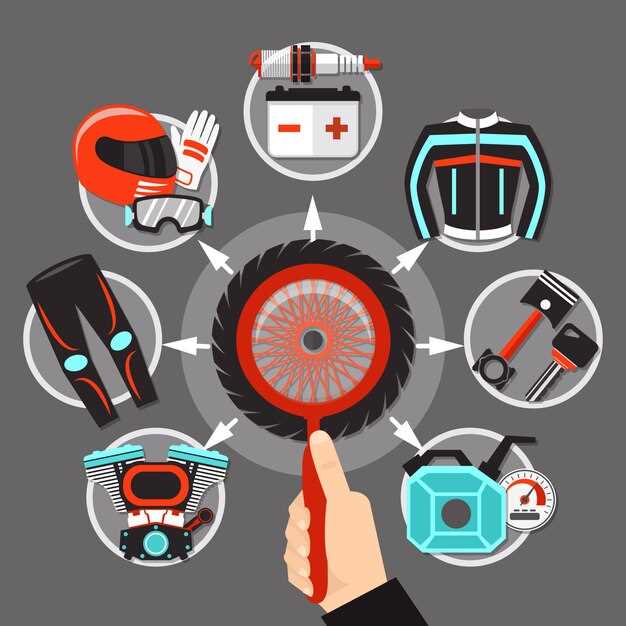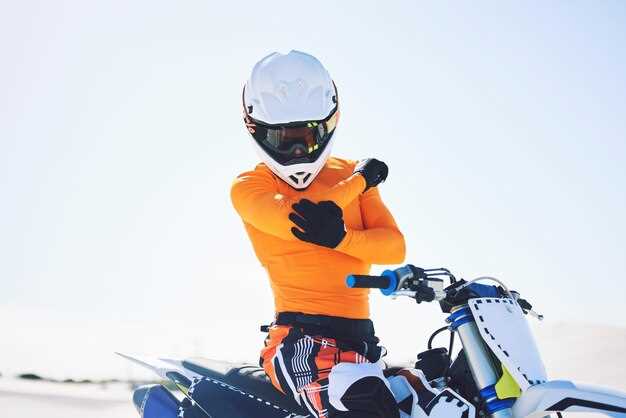
Entering the world of motorcycle racing is an exhilarating experience, but it comes with its own set of challenges, especially when it comes to safety. As a beginner rider, investing in proper gear is essential not only for enhancing your performance on the track but also for ensuring your overall safety. This article outlines the fundamental equipment that every novice rider should consider before hitting the asphalt.
Among the many factors to keep in mind, wearing the right gear can make a significant difference in your riding experience. Your safety should always be your top priority, as accidents can occur even to the most cautious riders. Understanding the various types of equipment available will help you make informed decisions, ensuring that you are well-protected while enjoying the thrill of racing.
From helmets to suits, gloves, and boots, each piece of equipment plays a vital role in safeguarding you during your rides. As you embark on your racing journey, familiarize yourself with the essential gear that not only meets safety standards but also complements your riding style and personal preferences. Get ready to gear up, ride responsibly, and enjoy the adrenaline rush that comes with every twist and turn!
Choosing the Right Safety Helmet for Your First Race

When entering the world of racing, selecting the proper safety helmet is critical for ensuring your protection and enhancing your performance. A helmet serves as your primary line of defense against potential injuries during competitive events.
First, ensure that the helmet meets safety standards set by recognized organizations. Look for certifications such as ECE, DOT, or Snell, which indicate that the equipment has passed rigorous testing for impact resistance and durability.
Next, consider the fit of the helmet. It should snugly conform to your head without causing discomfort. An ill-fitting helmet can compromise safety and may be dangerous during a crash. Try several models and sizes, and use supportive padding to achieve the perfect fit.
Ventilation is another important factor. Adequate airflow keeps you cool and focused during hot races, preventing distractions. Helmets designed with built-in vents enhance comfort and reduce fatigue.
Weight is also essential when choosing a helmet. A lightweight design minimizes strain, allowing you to maintain endurance throughout the race. However, ensure that weight savings do not come at the expense of safety; reinforced materials can provide both protection and a manageable weight.
Lastly, consider the helmet’s visor or face shield. Opt for options that offer clear visibility and can withstand scratches or impacts, as visibility is crucial for safe maneuvering during races.
By taking the time to select the appropriate safety helmet, you’ll set a strong foundation for your racing journey while prioritizing your well-being. Invest wisely in this essential piece of equipment, and it will serve you well in your pursuit of victory on the track.
Essential Protective Clothing: Why Quality Matters
When it comes to riding, the importance of quality protective clothing cannot be overstated. The right gear plays a crucial role in ensuring safety and minimizing the risk of injury. Investing in high-quality equipment not only enhances comfort but also provides peace of mind on the road or track.
Protective clothing, including jackets, pants, gloves, and boots, is designed to shield riders from abrasions, impacts, and weather conditions. Each piece of gear should incorporate materials that are both durable and breathable. For instance, leather and high-performance textiles are known for their strength and resistance to wear.
Additionally, quality protective gear often includes features like reinforced stitching and impact-absorbing padding. These elements are essential in reducing the severity of injuries in case of accidents. Cheap alternatives may not offer the same level of protection, leaving inexperienced riders vulnerable to serious harm.
It’s also important to consider fit and comfort when selecting safety equipment. Ill-fitting clothing can restrict movement and impair a rider’s ability to react quickly. Quality gear should be tailored to provide a snug yet comfortable fit, allowing riders to focus on their performance without distractions.
Lastly, investing in reputable brands and certified gear ensures that you are receiving a product that meets safety standards. In the world of racing, where speeds can be exhilarating and the risks significant, having reliable protective clothing is not just a matter of style–it is essential for safety and overall riding experience.
Understanding Racing Boots: Features to Look For

When selecting racing boots as part of your essential gear, it’s crucial to consider several key features to ensure optimal safety and performance. Firstly, look for boots made from high-quality materials such as leather or advanced synthetic fabrics, which provide durability and abrasion resistance. These materials also contribute to the overall comfort of the equipment during long rides.
Another important aspect to examine is the boot’s sole. A rubber sole with excellent grip is essential for maintaining control over the bike, especially during intense racing conditions. Additionally, soles featuring a vibration-dampening design can help reduce fatigue, allowing for better concentration on the track.
Proper ankle support is vital in racing boots. Look for models with reinforced ankle protection, as this feature helps prevent injuries in case of falls or collisions. Furthermore, a snug fit around the ankle ensures that the boot doesn’t shift during rides, enhancing both safety and control.
Remember to consider waterproof or water-resistant options if you anticipate riding in varied weather conditions. This feature not only improves comfort but also helps maintain focus on the race rather than the elements.
Lastly, ventilation is crucial in racing boots. Features such as perforated panels or air vents allow for airflow, keeping your feet cool and comfortable, which is essential for performance during long rides.
In summary, when choosing racing boots, prioritize materials, sole grip, ankle support, waterproofing, and ventilation to ensure you’re equipped for safety and effectiveness on the track.
